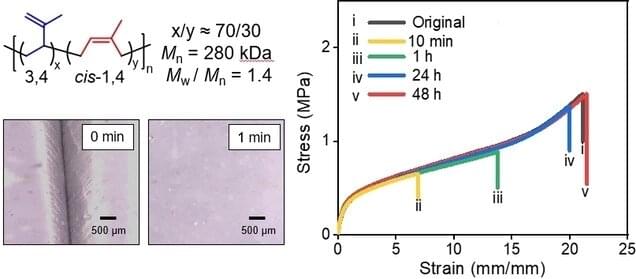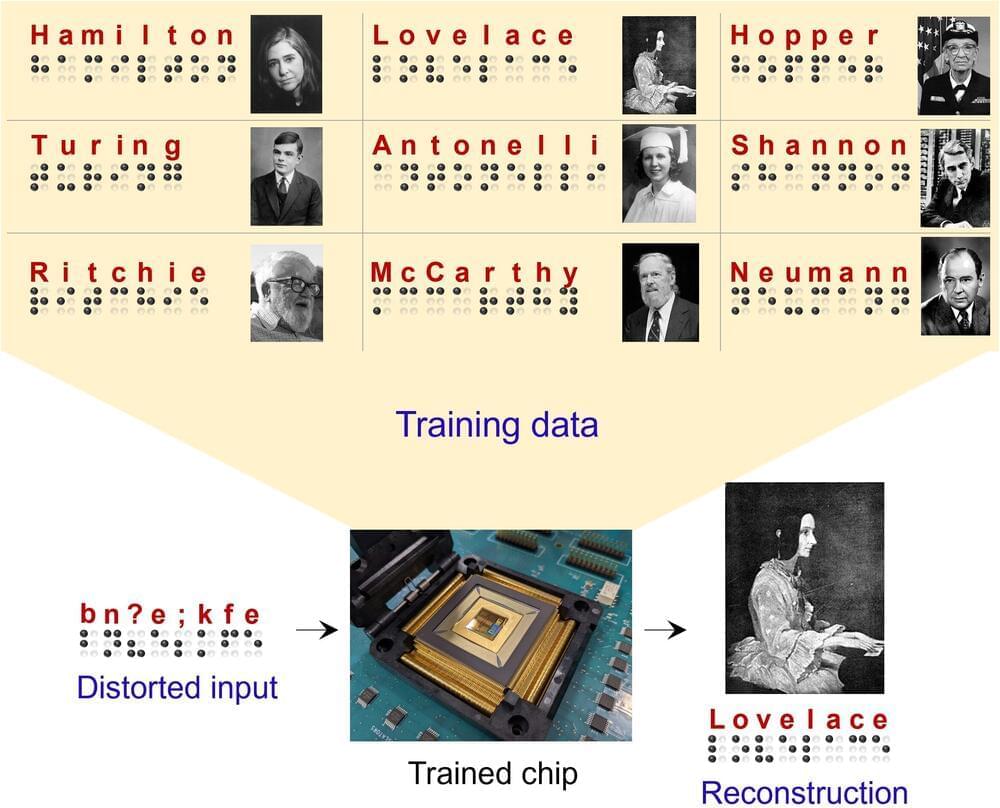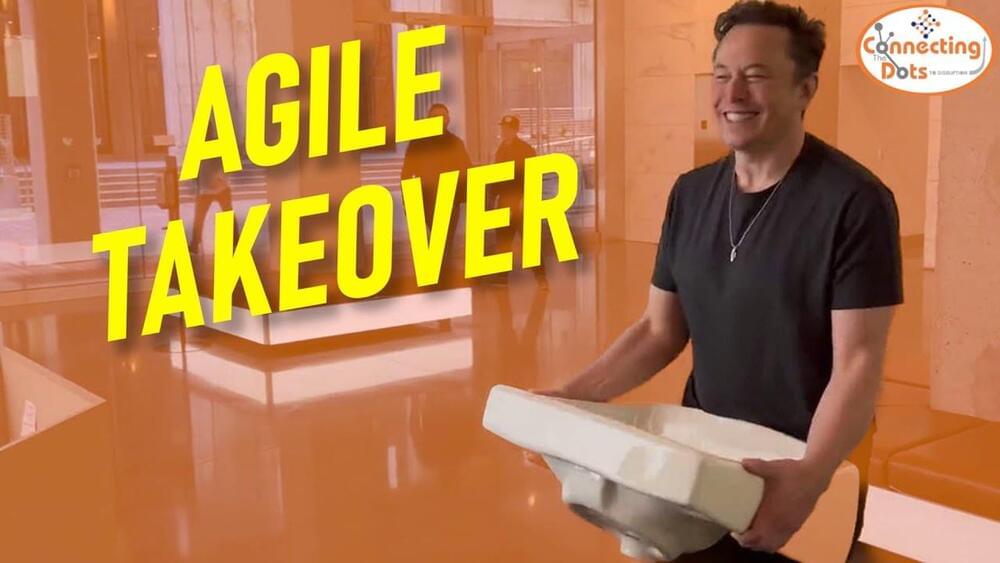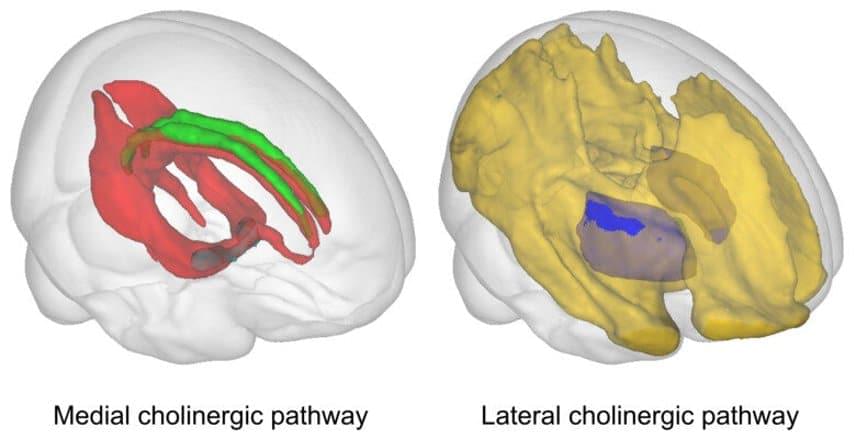Individuals with long COVID, sometimes referred to as “long-haulers,” experience symptoms that may persist for weeks, months, or even years after their acute viral infection. While symptoms vary widely, a common complaint among patients is “brain fog”—a colloquial term for significant, persistent cognitive deficits, with consistent impairment of executive functioning and working memory.
Long-haulers may experience a lack of mental clarity, poor focus and concentration, memory problems, difficulty with multi-tasking, and more. Brain fog can be debilitating, but there currently are no treatment options that are approved for the condition.
While the number of patients they studied is too small for their results to be definitive, Yale researchers, using their extensive experience with two existing medications, have published initial evidence that those drugs, given together, can mitigate or even eliminate brain fog.









